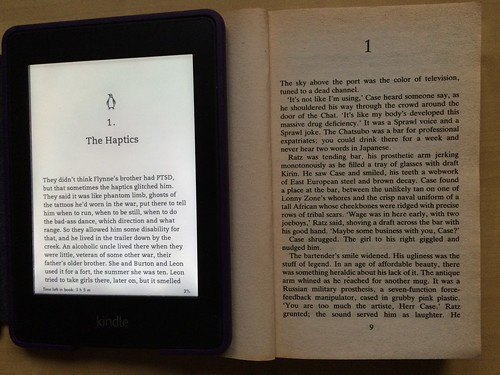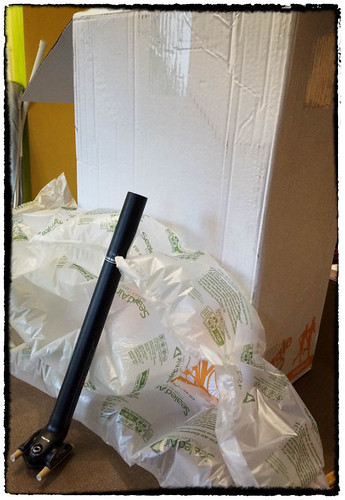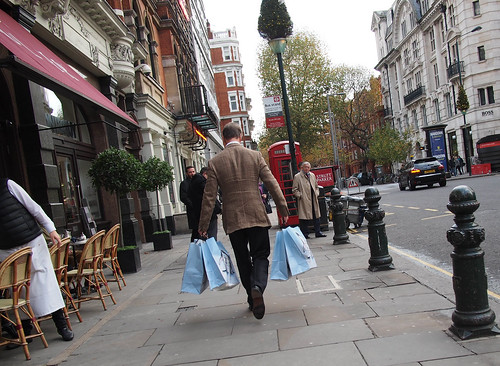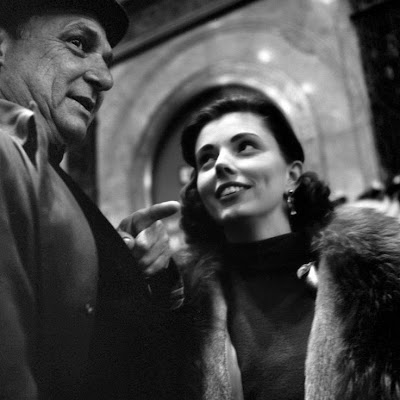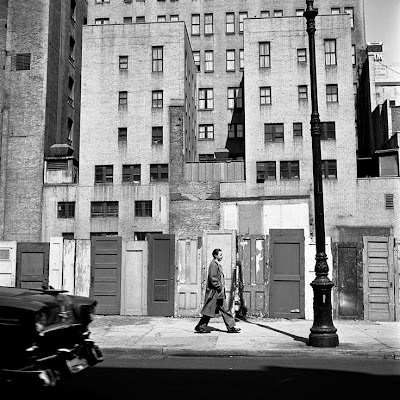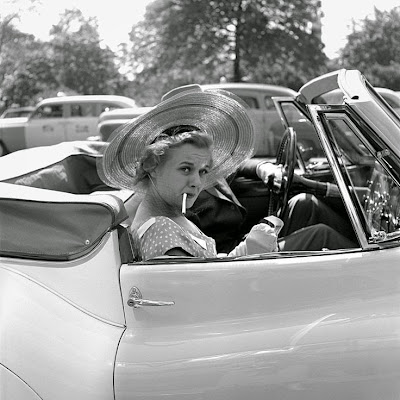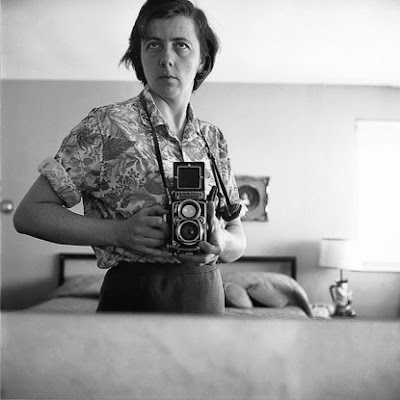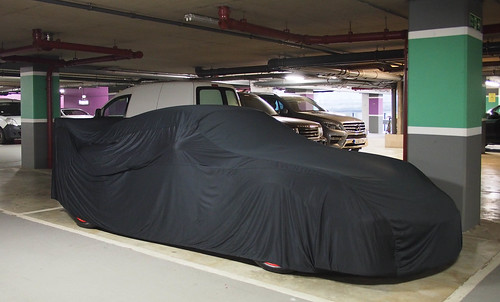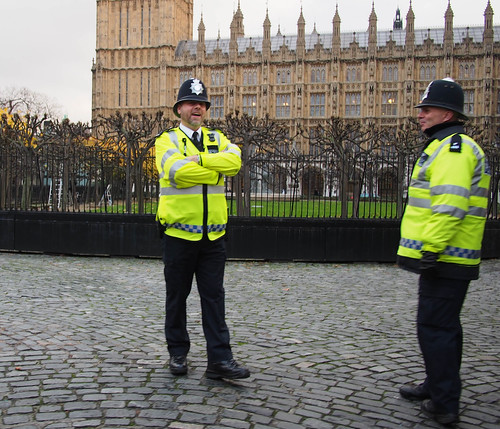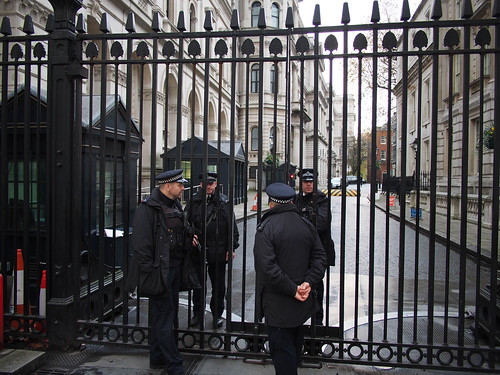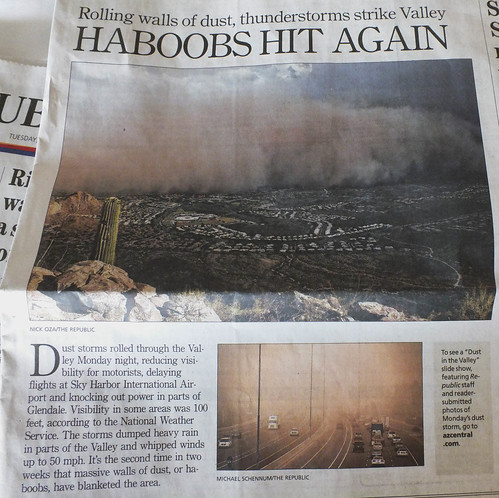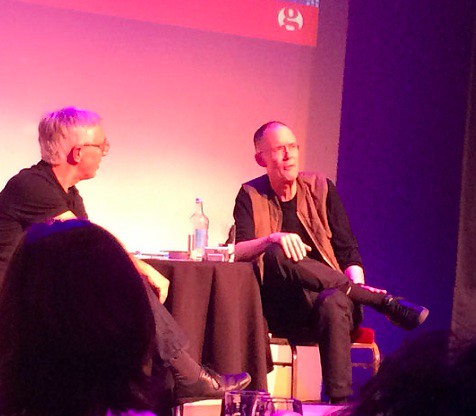
An entertaining evening with William Gibson, who developed the original cyberspace through his novel Neuromancer.
Fascinating 30 years after its original appearance to hear him talk of his lack of knowledge of technology back in the days of the earliest Personal Computers. He spotted an advert for the Apple IIc, which looked like a briefcase and needed a separate television plugged into it. Add that idea to him watching people gaming with early Segas and appearing to look into the space behind the TV set and the idea of a connected alternate reality began to appear.
Gibson also assumed that everyone nerdy had already thought of the idea of cyberspace, but for him it provided the arena to present his commissioned novel.
Fast forward to now (I won't say in real time - we've learned its a legacy term) and it was like being able to splice into thought lines thirty years along the novel's trajectory.
Although, some of the ideas of (e.g.) the cellphone interruptertron might have been too advanced for the sensibilities of the early 80s, when people were still getting used to four television channels and the idea of satellite broadcasting.
Gibson explained the necessity of some of his novel's devices 'I wasn't very good at getting people in and out of rooms' and referred to others who had inspired - E.M. Forster's Aspects of a Novel, the literary effects pedals of William Burroughs.
He's just published 'The Peripheral' although I'm only a (virtual) few pages in. Set, I believe, in a future London, which he says is his non-American reference city. A city he knows pretty well but one that also changes enough between his enjoyed visits.
Don't be a stranger, Mr Gibson.
